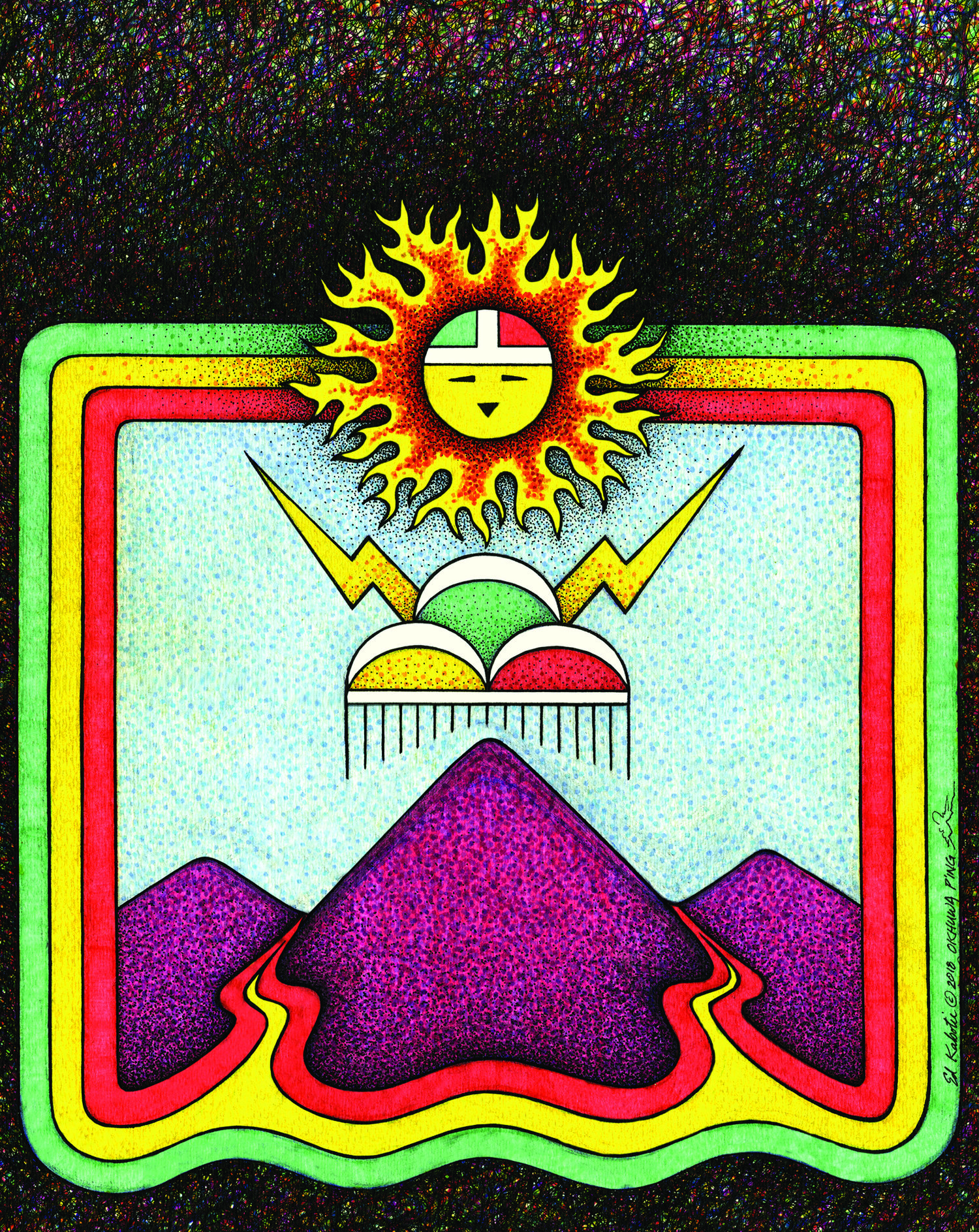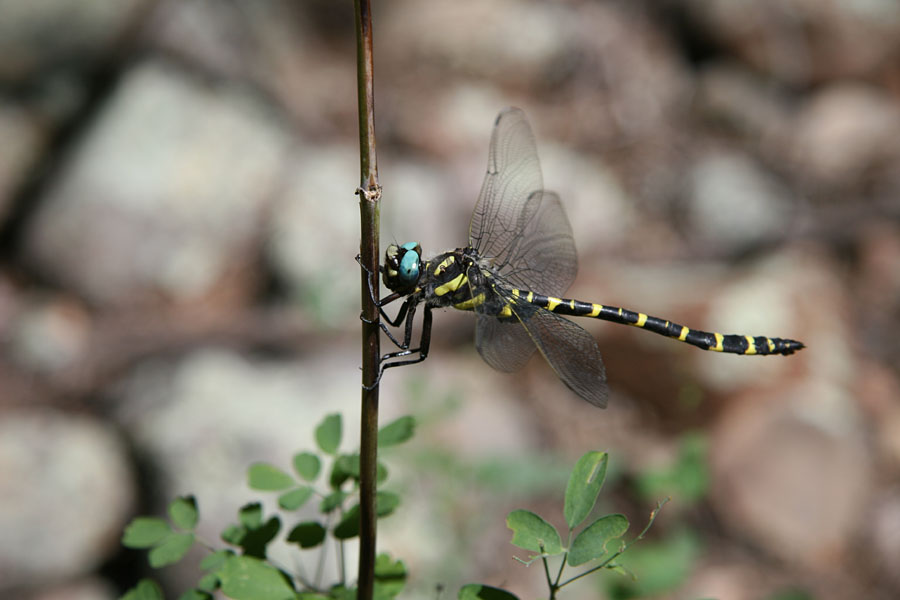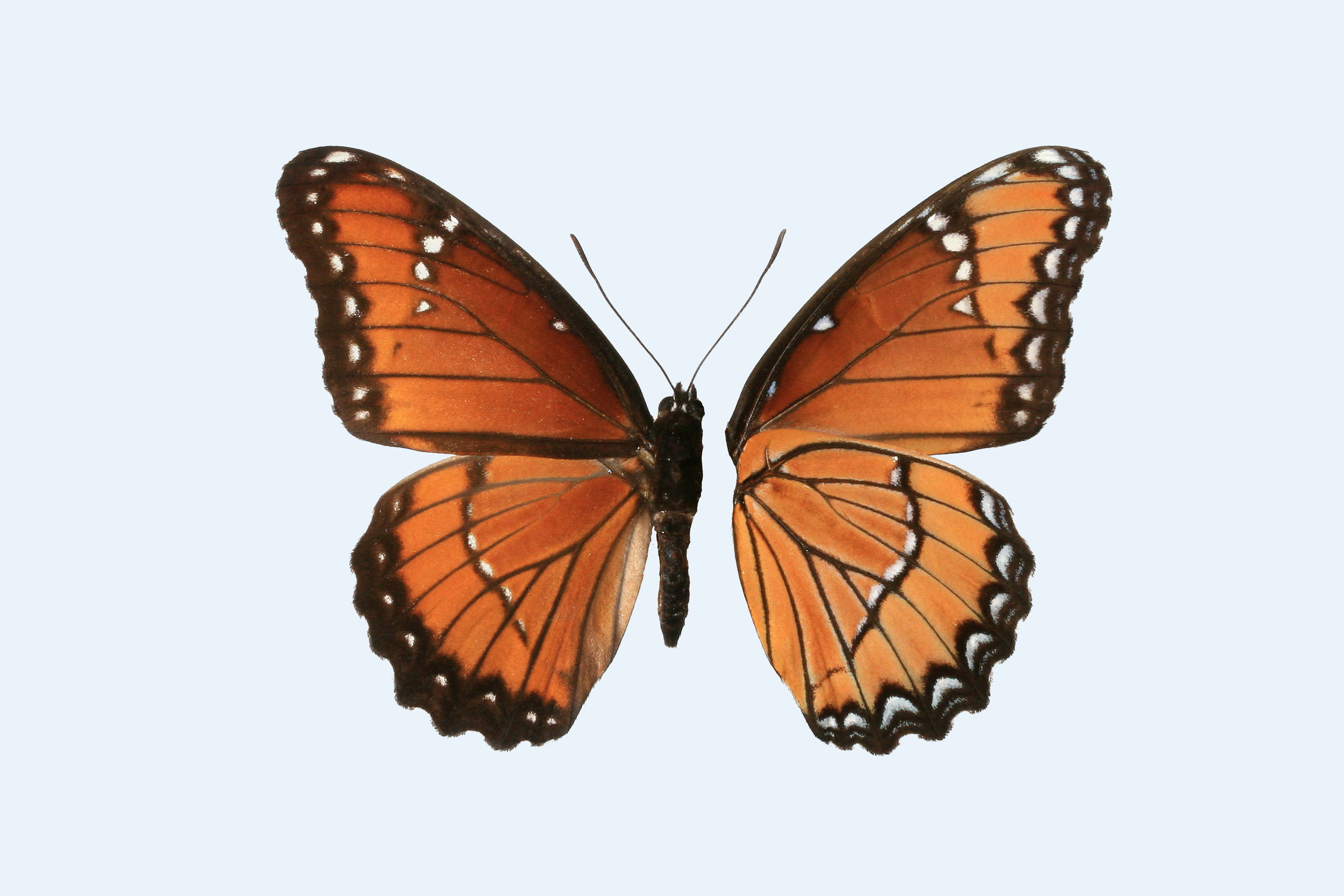Springs-Dependent Species
Springs in the Grand Canyon are hotspots of biological diversity; places where life is highly concentrated and the taxa include upland, riparian, wetland, and aquatic species found only at springs for part or all of their life cycles. Some SDSs, such as many hydrobiid springsnails and desert pupfish (Cyprinodontidae) occur only in springs sources and outflows, while some dragonflies, aquatic true bugs, tiger and diving beetles, crane and shore flies, amphibians, fish, and other vertebrates require springs for spawning and/or larval rearing habitat, or for over-wintering or winter dormancy.
Grand Canyon Wetsalts Tiger Beetle
Scientific Name:
Coleoptera: Carabidae/Cicindelinae - Cicindela hemorrhagica arizonae
History and distribution:
This species occurs upstream of Cliff...
Read More...
Grand Canyon Masked Clubskimmer
Scientific Name:
Odanata: Libellulidae - Brechmorhoga pertinax
History and distribution:
Discovered in the Grand Canyon in 2003...
Read More...
Herbert's and Breviceps Giant Water Bugs
Scientific Name:
Hemiptera: Belostomatidae Abedus herberti herberti Hidalgo and Abedus breviceps
History and distribution:
These are two of three giant water bug...
Read More...
Apache Spiketail Dragonfly
Scientific Name:
Odonata: Codulegastridae Cordulegaster diadema diadema
History and distribution:
The Apache spiketail dragonfly is the...
Read More...
Southwestern Viceroy Butterfly
Scientific Name:
Leptidoptera: Nymphalidae Limenitis archippus obsoleta
History and distribution:
In 1934, David Rockefeller, Sr., then...
Read More...
Martin's Nerthra
Scientific Name:
Hemiptera: Gelastocoridae Nerthra martini
History and distribution:
One of the strangest-looking springs bugs...






